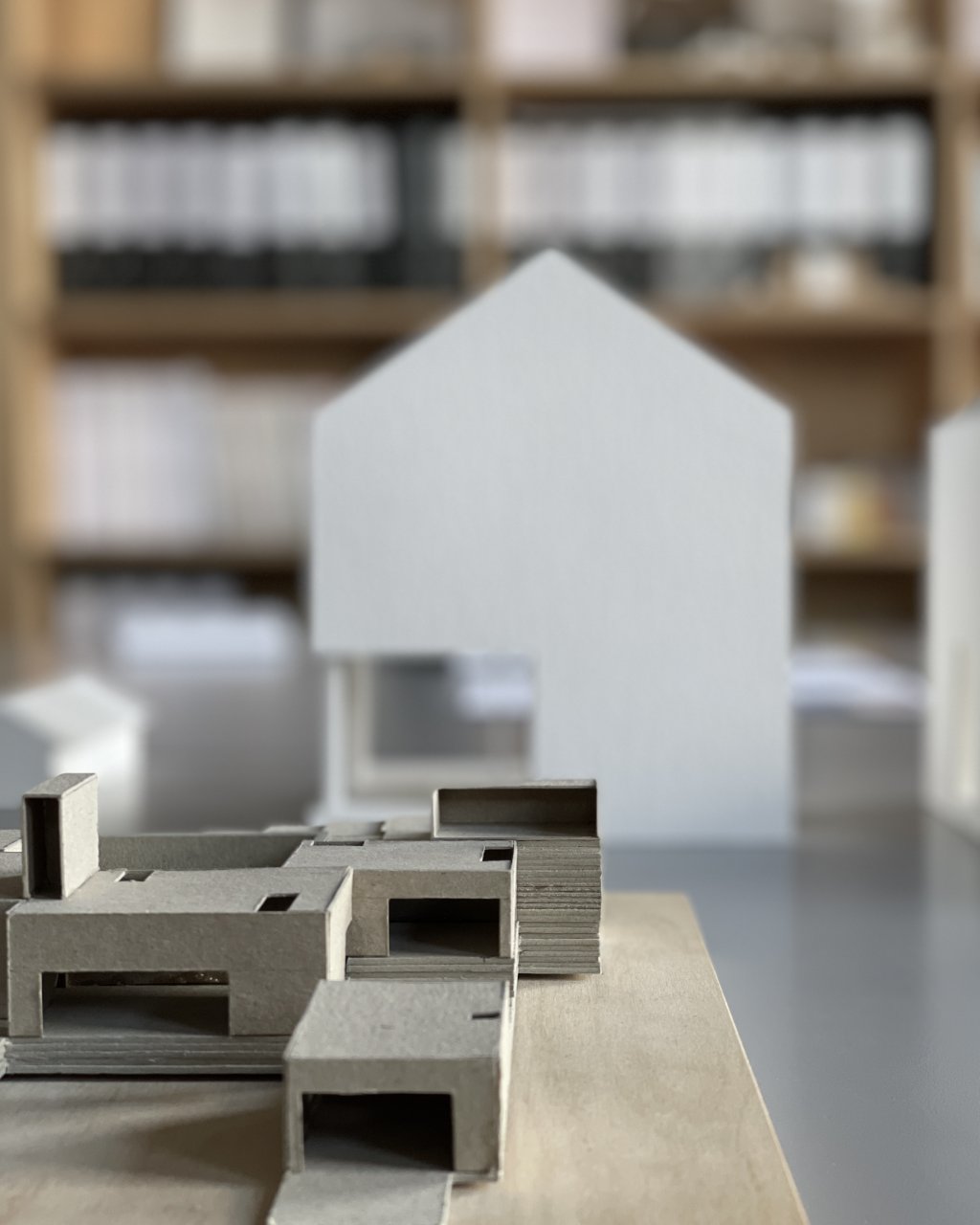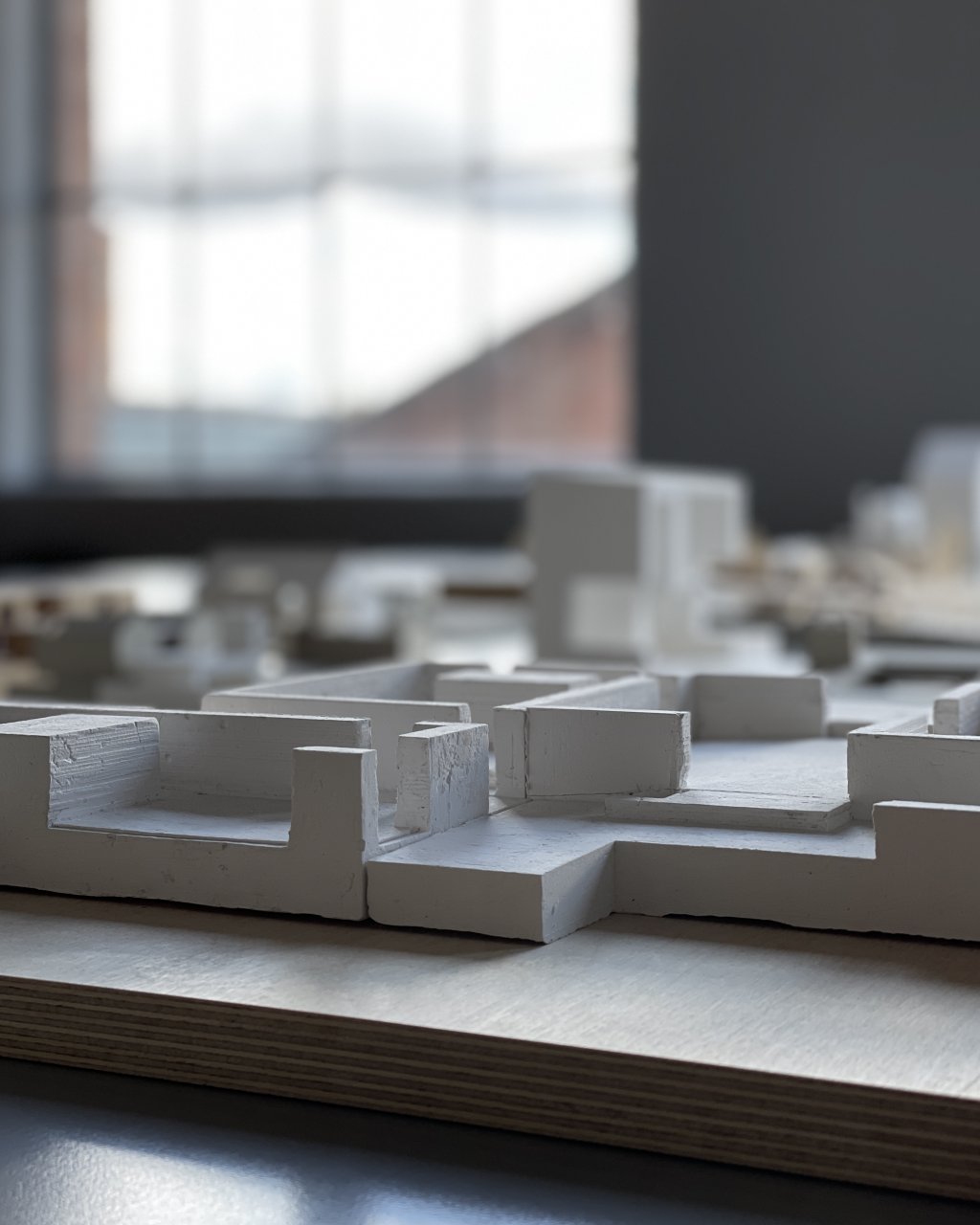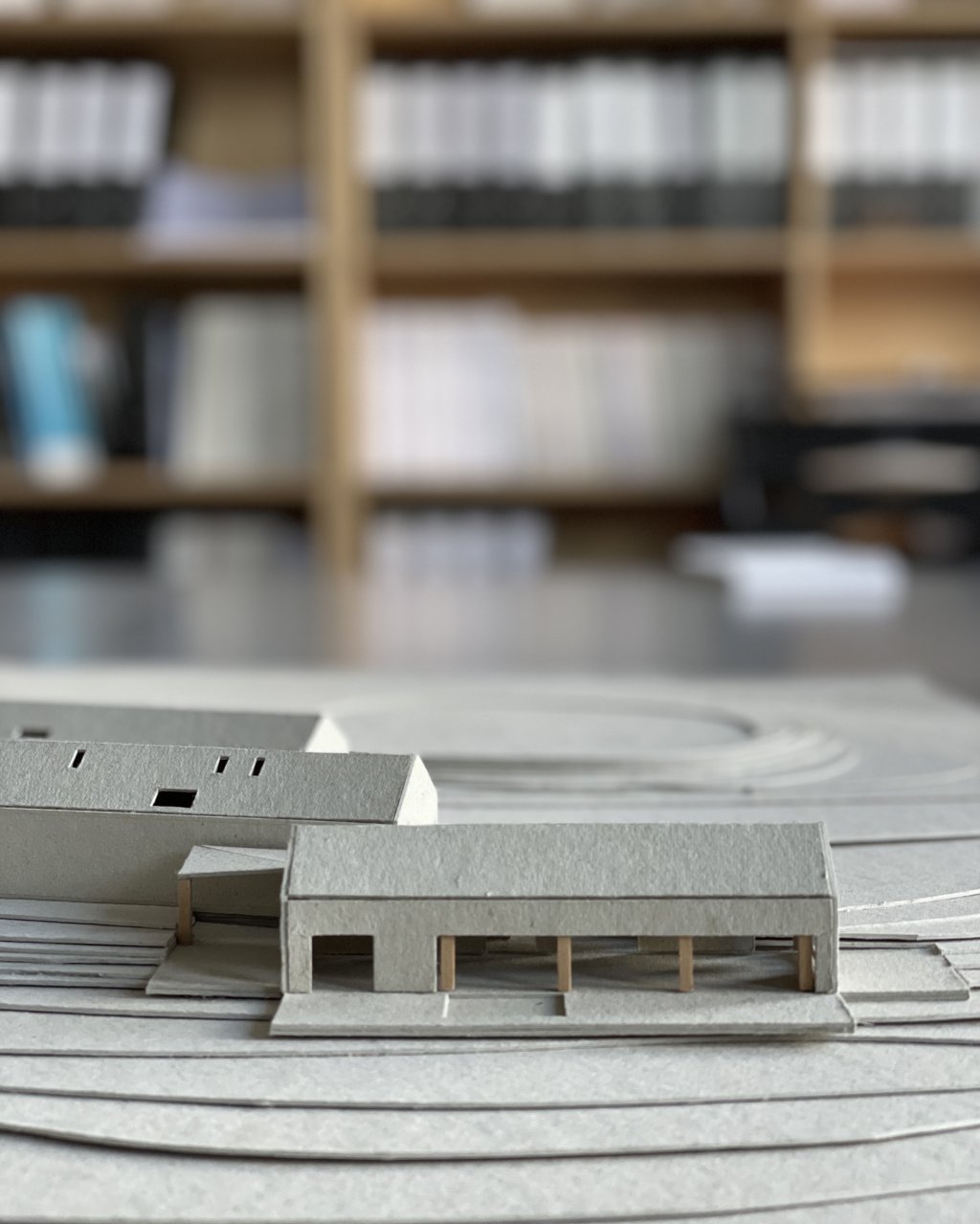About us
We are an architectural practice based in Belfast, Northern Ireland, established by Kieran McGonigle and Aidan McGrath in 2012, following their collaboration over two decades as Twenty Two Over Seven architects.
Our work is recognised for its exceptional formal and material clarity and a concern for placement in landscape. Over time the relationship of external formal intent and internal spatiality in our work has developed, leading to very explicit relationships between rooms and landscape while maintaining external formal rigour.
We undertake a range of project types, but the single family home is a central theme in our work. We take on projects in rural and urban locations at various scales, involving both new buildings, and re-use of existing buildings, including works to listed buildings and within Conservation Areas.
Our work is informed by a sensitivity to context, a consideration of form, materiality and craft, and an understanding of the quality and simplicity of buildings well made. The influence of modern painters and photography, the resource of mapped lines, and a sense of the memory of rural architecture background a work methodology which uses composition, enclosure and profile within a developing architectural language which seeks to articulate spatial relationships between form, volume, and landscape. A key interest threading through our work is the relationship of architecture to the ground. We make close observations of ‘place’ through models, drawing and photography, and much of our work is developed from having a profound understanding of the found condition of the site.
Every commission is considered as an opportunity, a collaboration between architect, client and site, with a unique and individual outcome. We engage in a critical investigation of each project's needs and constraints through dialogue, observation and research, informed by our considerable project and academic experience, with the objective of delivering the highest level of design quality, and buildings which are inspiring, practical and beautiful. Our work is also characterised by a rigorous approach to function and planning, and a thorough process of refinement which is applied to every detail.
We have been internationally recognised with success in the RSUA, RIBA and AAI Awards programmes, and the buildings and projects of the practice have been widely published. In 2019, we won the RIBA House of the Year competition for House Lessans, a reinterpretation of rural forms in a single dwelling in the rolling countryside of County Down, and in 2020, we received the BD Architect of the Year Award, in the Individual House category. Recently we received RIBA National Awards for House at Lough Beg, Hill House and House at Redbrae Farm, and have won Northern Ireland’s House of the Year Award every year from 2021–2024.
McGonigle McGrath architects is registered with both the Royal Institute of British Architects, and the Architects Registration Board, and we take on projects in Northern Ireland, Ireland and throughout the UK.



